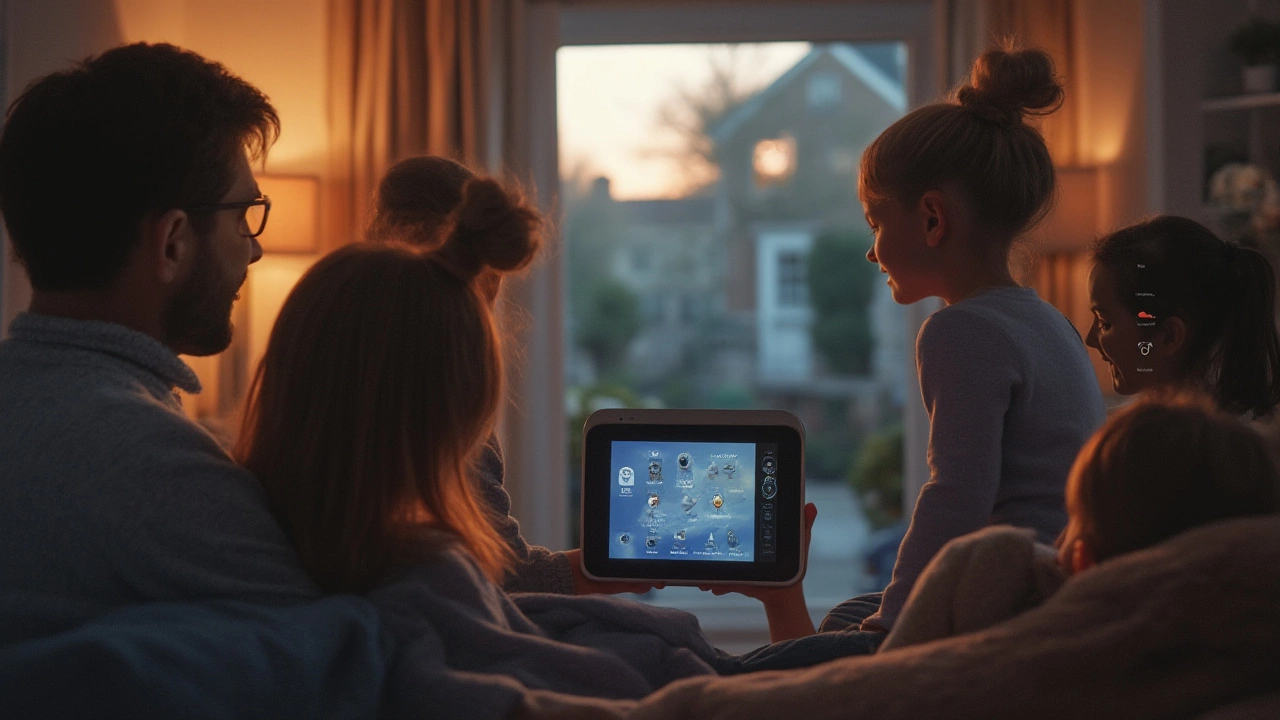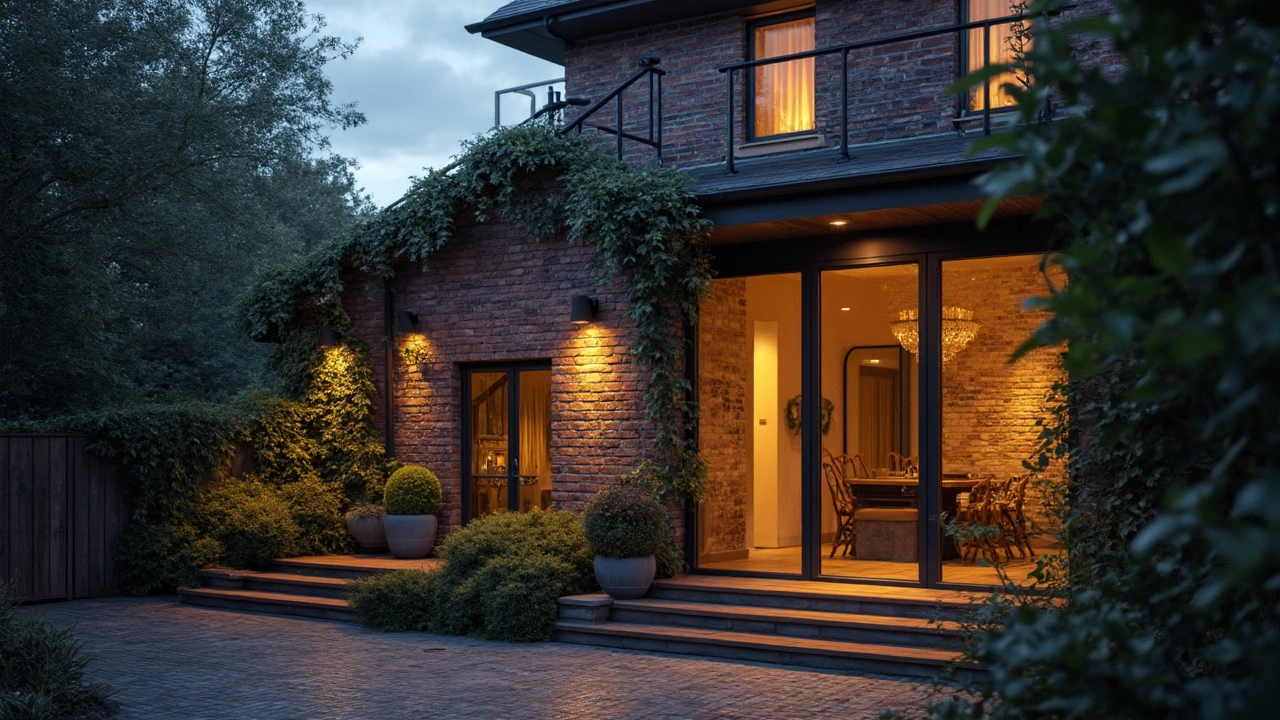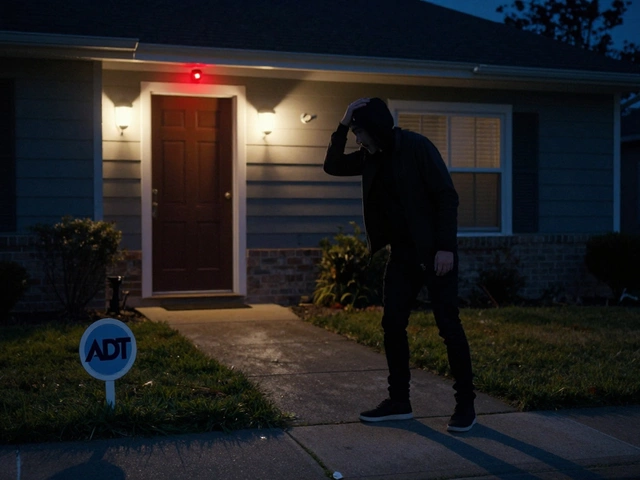Home Protection: Simple Steps to Keep Your Home Safe
Feeling a little uneasy about leaving the house? You’re not alone. Most of us want a quick, reliable way to stop break‑ins, fires, and accidental mishaps without turning our homes into a fortress. The good news? A handful of basic habits and a few smart devices can give you solid peace of mind.
Everyday Security Basics
First, lock every door and window. It sounds obvious, but many people forget a back door or a ground‑floor window when they rush out. A quick double‑check before you leave cuts the chance of a simple entry point being left open.
Next, think about lighting. Burglars hate well‑lit areas because they’re easy to spot. Install motion‑sensor lights around entrances and dark corners. They’re cheap, use little power, and flash on when someone walks by, which often sends a thief running.
Don’t overlook the power of a good routine. If you’re away for a few days, pause your regular mail and newspaper deliveries, and ask a neighbour to collect any packages. An empty mailbox or a pile of unopened letters is a red flag for anyone scouting the neighborhood.
Finally, keep a fire extinguisher handy in the kitchen and near the furnace. Most fires start from cooking or faulty heating equipment, so being able to act fast can save lives and property.
Smart Tech That Boosts Protection
Now, let’s talk about the gadgets that make home protection easier. A reliable security camera is the cornerstone of any modern setup. Look for cameras with night vision, a wide field of view, and local storage so you don’t depend on the cloud if your internet drops.
Smart doorbells are another game‑changer. They let you see and talk to visitors from your phone, even when you’re not home. Choose a model that offers battery backup or a hard‑wired connection, so the device stays alive during power cuts.
If you’re worried about alarms, consider a wireless system that doesn’t need a phone line. Modern alarms use cellular or Wi‑Fi to alert monitoring centres, and many let you arm or disarm them through an app. Some even send a push notification if a sensor is triggered, so you know exactly what’s happening.
Motion sensors come in three main flavours: PIR (passive infrared), microwave, and dual‑tech. PIR is great for indoor rooms because it senses body heat, while microwave works well outdoors where temperature changes can cause false alerts. Dual‑tech combines both, drastically reducing false alarms – perfect if you have pets.For families with babies, a smart baby monitor that streams video to your phone adds an extra layer of safety. Look for models with encrypted connections and a decent range, especially if you live in a larger house.
All these devices work best when they talk to each other. A hub or an app that pulls together doorbell alerts, camera feeds, and alarm status gives you a single place to keep an eye on everything. It also makes it easier to share access with trusted family members or a neighbour.
Remember, no system is 100 % foolproof. The goal is to make breaking in, fire, or an accident as hard and as noticeable as possible. Combine the basics—locks, lights, and routines—with a few smart tools, and you’ll have a home that feels safe without feeling like a bunker.
Take the first step today: check your doors, add a motion‑sensor light, and set up a cheap indoor camera. From there, you can layer on more tech as your budget allows. Your home protection plan doesn’t have to be perfect right away; it just needs to get better each day.







